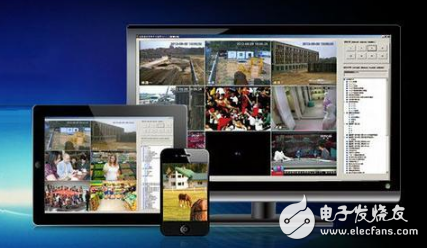The Industrial Internet of Things (IIoT) is no longer just an illusory term, it is now able to form innovative solutions to solve problems and integrate new sensors with other embedded platforms. According to Today's Medical Development, data collection methods have changed. In the past, individual users had to place orders, but now new sensors can record data on their own without any intervention.

Through automation and the Internet of Things, the number of connected devices and data is growing rapidly. By collecting data through sensors, users can measure and monitor valuable information. In the product development process, networked sensors can reflect the status of products and individual components in real time. IHS estimates that the Internet of Things market will grow rapidly, with 30.7 billion connected devices by 2020 and 75.4 billion in 2025.
Future sensors are ubiquitous, and based on this information, manufacturers can help customers reduce failure and performance issues, thereby improving product design. In addition, engineers in the future do not have to go to the production line to record data; the data of the Internet of Things can keep abreast of the situation and propose solutions, including repairs and maintenance. All manufacturers can use data to improve manufacturing production plans and gain opportunities to save costs and improve production processes. They can record and compare data from devices in different locations, or place the devices in different operating environments and understand their performance differences. This process allows the company to identify the reasons that affect efficiency so that problems are not discovered until a serious failure occurs. Finally, manufacturers can analyze the data they receive and conduct preventive maintenance and warranty programs.
When a problem occurs, the sensor data can help the manufacturer receive alerts when necessary to maintain optimal performance. This is called Remote CondiTIon Monitoring (RCM).
RCM can improve customer service quality and obtain product status information and support services in real time. In this way, predictive maintenance can be performed to detect possible problems through thermal imaging, vibration analysis, sonic and ultrasonic analysis, and emissions. Of course, the Internet of Things may also have security problems. Networked devices continue to transmit data, which may face attacks and affect the rights of consumers and companies. Despite these concerns, manufacturers can track data and achieve better production performance through smart methods.
Fabric Bluetooth Speakers,Fashion Fabric Bluetooth Speaker,Portable Bluetooth Speaker,Tws Bluetooth Speaker
Comcn Electronics Limited , https://www.comencnspeaker.com